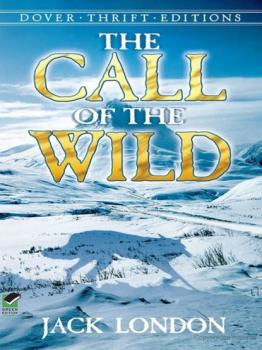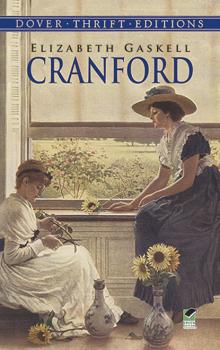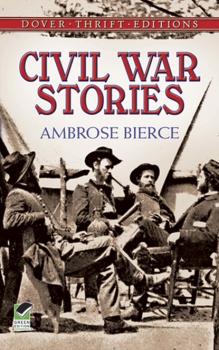ТОП просматриваемых книг сайта:
Dover Thrift Editions
Скачать книги из серии Dover Thrift EditionsАннотация
Информация о книге
Автор произведения Группа авторов
Жанр Зарубежные стихи
Серия Dover Thrift Editions
Аннотация
Информация о книге
Автор произведения Jack London
Жанр Зарубежная классика
Серия Dover Thrift Editions
Аннотация
Информация о книге
Автор произведения Элизабет Гаскелл
Жанр Зарубежная классика
Серия Dover Thrift Editions
Classic Ghost Stories by Wilkie Collins, M. R. James, Charles Dickens and Others - Группа авторов
Dover Thrift EditionsАннотация
Информация о книге
Автор произведения Группа авторов
Жанр Зарубежная классика
Серия Dover Thrift Editions
Аннотация
Аннотация
Аннотация
Аннотация
Информация о книге
Автор произведения Carl Sandburg Sandburg
Жанр Зарубежные стихи
Серия Dover Thrift Editions
Аннотация
Информация о книге
Автор произведения Friedrich Nietzsche
Жанр Философия
Серия Dover Thrift Editions










